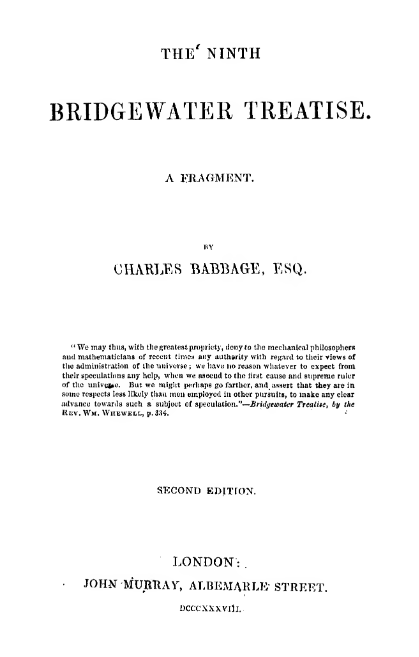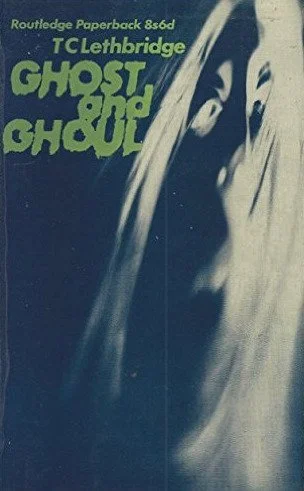Place Memories
Place Memories & Stone Tape Theory
One of the earliest recorded mentions of place memories is in Charles Babbage's work "The Ninth Bridgewater Treatise" published in 1838.
Babbage described the idea that places could retain "echoes" or "recordings" of events that occurred there. According to him, "the air is one vast library, on whose pages are for ever written all that man has ever said, or woman whispered…."
In 1882, the concept was taken up by Eleanor Sidgwick, a member of the Society for Psychical Research. She postulated that place memory could explain certain types of supernatural activity. Sidgwick argued that buildings or locations might retain "recordings" of past events, particularly traumatic or remarkable ones , which could then be "replayed."
One of Sidgwick's contemporaries, psychologist Edmund Gurney, used a similar theory of residual images to explain a haunting he investigated.
In that case, witnesses reported the recurring apparition of an elderly woman seen lying on the bed where she had been murdered. Gurney wrote that the figure was "not so much any continuing local action on the part of the deceased person, as the survival of a mere image, impressed into the surroundings."
This raises several questions. What makes an event traumatic enough to be recorded? Can all buildings record emotional events? Are some materials better "recorders" than others? What makes an event traumatic enough to be recorded?Is there, metaphorically, a "play button"?. Can anyone perceive these impressions, or only a sensitive few?
According to Gurney, these apparitions were "perceptible at times to those endowed with some cognate form of sensitiveness."
Over the years various researchers continued to develop these earlier ideas. Henry Price in his 1939 work "Haunting and the Psychic Ether Hypothesis". According to Price such "recordings" were the result of intense emotions or experiences being imprinted onto a location before being replayed being replayed over and over again.
A recurring question in the study of place memory is what initiates the "recording" process. Is it the level of feeling or attachment a person holds to a place, a state of heightened emotions that become imprinted into the walls either over the course of a persons lifetime. If a person’s emotions can indeed be “recorded” into a space, are they left behind, waiting to be absorbed by future occupants?
In 1961 Thomas Lethbridge published "the Ghost & the Ghoul" . Lethbridge was heavily influenced by Price's early work and believed objects & buildings could store nearby events due to certain energy fields.
And that leads us to a BBC drama entitled "the Stone Tapes" first broadcast in 1972 on Christmas day. Set in a Victorian mansion supposedly haunted by the ghost of a young woman who was murdered there 80 years previously . (its on Amazon Prime) . A group of researchers surmise that the building has somehow recorded the woman's death and is playing it back on a continuous loop.
“The Stone Tapes” BBC 1972
One member of the team suggests that the recording doesn’t contain sounds or images, but rather a psychic imprint, etched into the buildings structure during a moment of extreme emotional trauma and replayed directly through the nervous system.
Personally, I find the Stone Tape Theory fascinating, it's a concept that sends me mentally tumbling down several rabbit holes to say the least.
Obviously the theory has its detractors as you'd expect, one such being Theordore Schick in his book "How to think about weird things" .
He states "there is no mechanism that can store information in a stone or play it back. Chunks of stone just do not have the same properties as reels of tape" .
Each to their own Theordore...
Further reading & watching
https://www.amazon.co.uk/gp/video/detail/B0DJ82Z58L/ref=atv_dp_share_cu_r
https://en.wikipedia.org/wiki/Stone_Tape_theory



